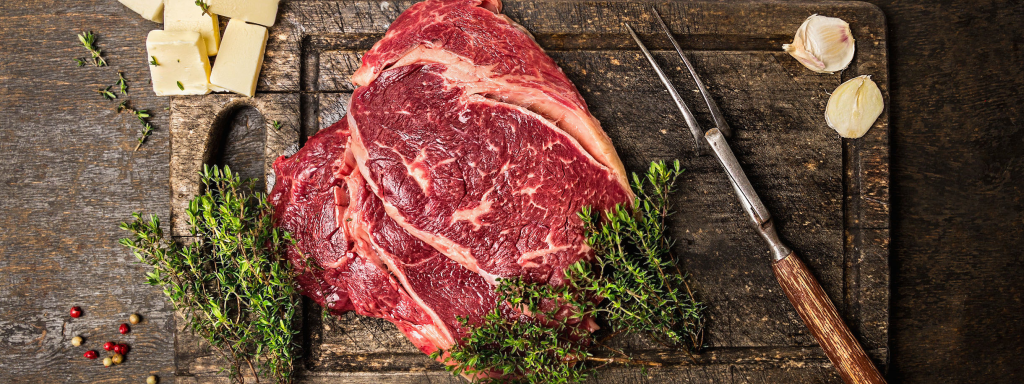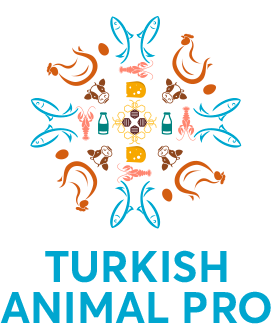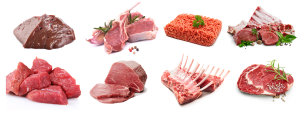
Red meat is not only an important factor for adequate and balanced nutrition, but it is also a good revenue source for producers. Consuming adequate amount of red meat is necessary to ensure healthy generations. A daily consumption of 100 grams of red meat is enough to meet the protein requirement of a developing child. Red meat is one of the most strategic foods for a country.
Despite its existing potential, the red meat sector has not developed at the desired level. According to data from the Turkish Statistical Institute (TurkStat), in 2016, cattle stock in Turkey increased by 1% to reach 14.3 million, while sheep and goat stock grew by 5% over 2015 to 44 million. In 2016, 1,045,000 metric tonnes of meat was produced. Yet, the population of our country increased to 78 million.
Average red meat consumption in Turkey has reached 12 kg, compared to 19.7 kg in EU-member states. Per capita red meat consumption, including pork, in the EU countries is 62 kg, compared to a per capita white meat consumption of 23.4 kg. Income level is the primary factor determining food consumption. Consumer habits and abundance in production are also decisive. Consumers, who have been more conscious over time, tend to buy reliable and traceable products.
Due to the considerable increase in support for animal husbandry and incentives of low interest loans for encouraging investments in livestock sector in recent years, there has been an increase in the number of medium and large-scale enterprises. Yet, despite the additional imports of livestock and carcass, Turkey lacks sufficient red meat production. Also, the country is constantly in short supply of forage. Since alternating grazing is not practiced on meadows and grasslands, the yield has decreased, resulting in the need for planned reclamation efforts. Fodder has a very low share in farm production. Animal diseases have been causing severe yield losses.
It is known that Turkey currently has a deficit of around 1.5 million tonnes of red meat. Beef comprises ¾ of the red meat production. Assuming that this ratio will remain constant, 1.2 million metric tonnes of beef must be produced per annum. In order to provide for this amount, it is certain that the cattle stock must be boosted. It should be noted that France, which is similar to Turkey in terms of population and geography, boasts a cattle stock twice as big as that of Turkey.

